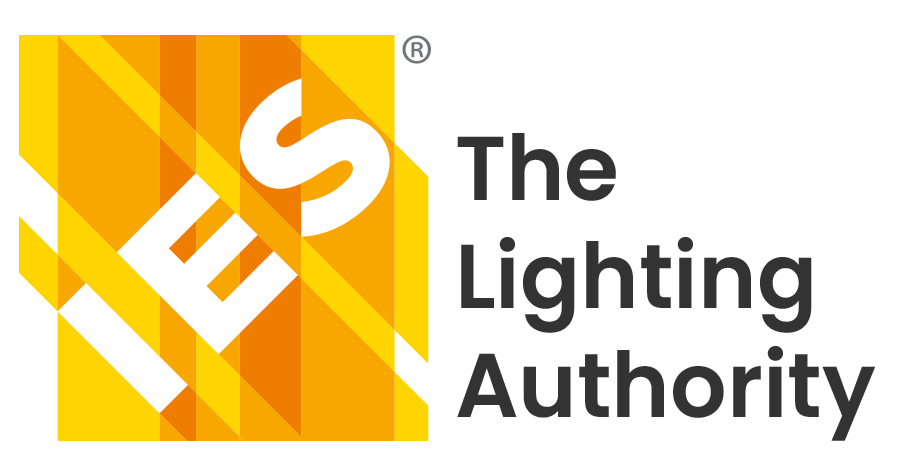Thirteen tips to help guide you back into the workforce
By Paul Pompeo
 Our team at The Pompeo Group has a program called “On the Road,” where we visit various homeless shelters for families throughout the city and offer a presentation and workshop on re-entering the workforce. It’s our way of giving back in some way, but it got me thinking of people who had lost their jobs or who were laid off, which led me to the idea for this column.
Our team at The Pompeo Group has a program called “On the Road,” where we visit various homeless shelters for families throughout the city and offer a presentation and workshop on re-entering the workforce. It’s our way of giving back in some way, but it got me thinking of people who had lost their jobs or who were laid off, which led me to the idea for this column.
A layoff can happen to the best of us. There are a variety of terms for layoffs. The intriguingly named wordhippo.com offers “canned,” “released,” “sacked,” along with a variety of others. I never thought I’d use wordhippo.com as a source for my column but that’s what makes life interesting, isn’t it? It instantly became my favorite URL this week.
Layoffs are sometimes couched in soft, politically correct terms such as downsizing, RIF (reduction in force) and right-sizing. Regardless of the term used, those on the receiving end usually want to get back to work, with the right position and company, in the shortest time possible. Here are 13 tips to help make that happen:
- Stay positive. I recognize that this is difficult sometimes, especially if someone has been out of work for an extended period, but it is so critical. Try your best to maintain your confidence level. Being laid off can be a blow to one’s self-esteem and can chip away at how you present yourself, so be mindful of this. When someone has been laid off, many employers and search professionals will be watching for the first sign that the candidate seems angry, bitter or has an edge, and (rightly or wrongly) decide that your attitude may be part of the cause for your loss of employment. It’s up to you to not let that line be drawn.
- Round up your references. Get three of four industry (not personal) references. If your former manager or key managers at your former company are willing to act as references for you, that is ideal, but get their permission before using them. Use only references of people who you have managed, been managed by, or worked closely with for at least two years. Putting industry “friends” or “contacts” down as references is not helpful to your effort. Never volunteer your references to a potential employer or recruiter who has not asked for them, and never include them on your résumé. If a company or a headhunter is interested in you, they may ask for references. Otherwise, good references are like trump cards—you want to use them sparingly and selectively.
- Letters of recommendation. There are two schools of thought on reference letters. Some employers and recruiters find them valuable; others don’t place much value in them. I still think they’re good to have if only as an extra tool in your tool kit.
- A little TLC for your CV. Time to clean up that résumé, or create one if you don’t already have one. Refer to my previous columns (e.g., May 2017) about getting your résumé in fighting shape. A respected business colleague (not necessarily in lighting or electrical) at a higher level is a good source for critique, or you can seek a professional résumé service.
- Make sure your LinkedIn is looking good. If you don’t have a LinkedIn profile, set one up, pronto. Avoid any photo that would look like a Facebook posting—nothing with your pets or children. Avoid the photo of you with an ex-significant other where you’ve cropped them out. Get a professional picture, ideally from a studio that specializes in business headshots. This extra effort is not missed by many hiring managers, executive recruiters or HR professionals.
- What is your social media profile? Yes, you do have a profile on social media, and guess what many hiring managers or HR managers look at first after receiving your résumé or application? Whether it’s Facebook, Twitter, Instagram or other sites, take a second look at what you post, both images as well as words. Eliminate inappropriate language and all political comments that could offend an HR professional or employer who may not share your views. It seems like that’s not right, but this is all about first impressions.Additionally, any pictures of you having too good of a time should be removed or set to only be viewed by close friends. Many sites allow you to adjust your settings so as not to be seen by anyone to whom you are not directly connected. Remember, during this period your social media can potentially become your brochure for employment. Make sure that it is a positive one.
- Google your bad self. Put your name into Google and see what you find. If you discover something negative, perhaps even an unpaid parking ticket, get it sorted out.
- Know the reasons for your layoff. Were 100 people laid off? Only two? The larger the number the better, as it at least appears to potential employers that it is less performance related. If possible, find out how the decision as to which employees to downsize was reached (some larger employers may be reluctant to do this). Was it all employees hired after a certain date, or perhaps it was a physical location that was shuttered and all employees from that location let go? If you’re the only person laid off, you obviously have less of a case.
- Ask the help of a pro. Once you’ve accomplished points 1-8, contact an industry recruiter. Yes, color me biased, but having an executive search professional who specializes in your industry is another key element to a successful and expeditious job search. It is another set of eyes looking out on your behalf. They will often have access to positions that are not posted on job sites, often very confidential openings.
- Don’t bad-mouth a company. No one’s wish is to be laid off. Maybe you even feel you got a raw deal. Share that with your friends and family, not with potential employers or recruiters. If asked about the reason you left, it’s extremely important to stay positive. Take the high road: “Certainly I was very disappointed that I was laid off, but my company had been very good to me overall and I wish them nothing but the best as I move forward in my career.” It’s never appropriate to vent your spleen with a potential employer or executive search professional.
- Don’t be a Desperate Dan (or) Debbie. Just as you want to stay very positive, you don’t want to be undiscerning, as if you will take any position that comes along at any price. Desperation or being overly eager is not attractive in personal relationships or work ones. You should clearly demonstrate your interest in and qualification for the job in question, but you should also give the impression that you are seeking to make the right next step in your career path, not that you’re just looking for an easy port in the storm.
- Network, network, network. If you’re in lighting but not a member of the IES, get that corrected immediately. Either way, get to IES meetings. You’ll find yourself surrounded by other lighting professionals in an environment that can allow you to make and/or renew industry friendships and relationships. Better yet, get involved. Ask if you can chair a committee, apply for their Board or both. The vast majority of professional organizations such as the IES are always on the lookout for active volunteers. If you’re in lighting design, I’d suggest also getting involved with the IALD.
- Keep a stiff upper lip, old bean. The ‘Idioms’ section of The Free Dictionary (hey, I’m no dummy when doing my research) defines this British phrase as, “Act as though you are not upset. Do not let unpleasant things upset you.” Granted, easier said than done if your layoff goes beyond a week or two (or three), but this is still a critical point. Regardless of whether you have been out of work for two weeks or five months, soldier on.
A special thank you to members our team at The Pompeo Group who contributed ideas for this piece: Mary Lindenmuth, Michelle Martin, Stephanie Klumpenhower and Julia Humphus.


